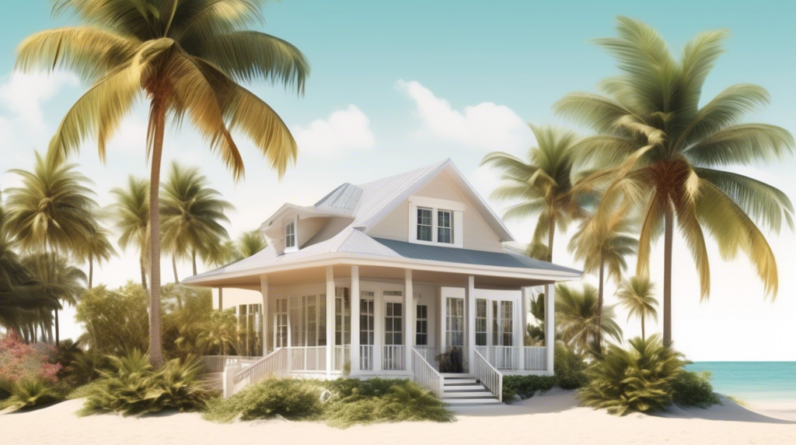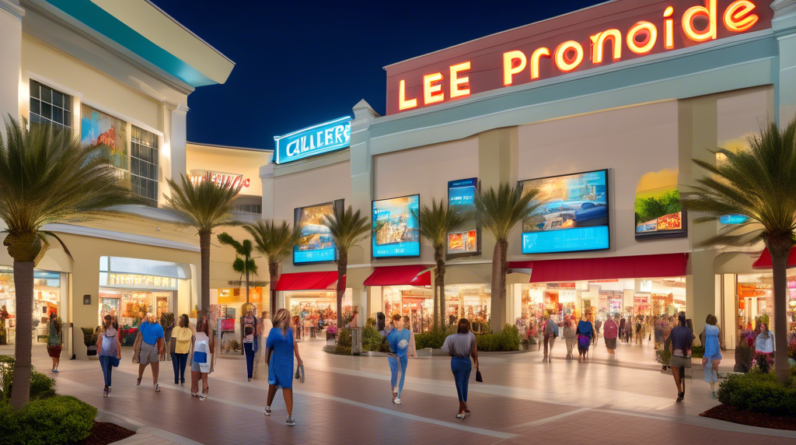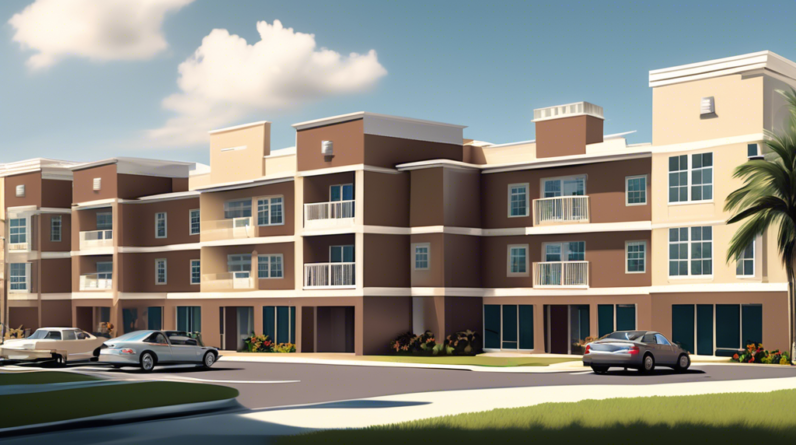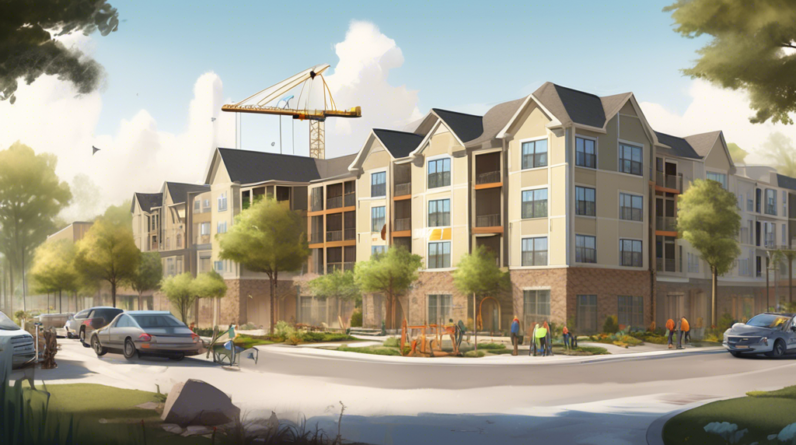More Cities Now Have Typical Home Values Exceeding $1 Million
The landscape of the U.S. housing market has shifted dramatically in recent years. Once a benchmark reserved for exclusive neighborhoods in coastal cities, the million-dollar home value is becoming increasingly common across the nation. A confluence of factors, including low mortgage rates, pandemic-driven housing demand, and limited inventory, have pushed home prices to unprecedented levels. As a result, a growing number of cities are joining the million-dollar city club, reshaping affordability and the American dream of homeownership.
The Rise of the Million-Dollar City
Historically, cities like San Francisco, New York, and Los Angeles have dominated the million-dollar home market. However, recent data reveals a significant expansion beyond these traditional hubs. Mid-sized cities and suburban areas are experiencing a surge in home values, fueled by a combination of factors:
- Remote Work Revolution: The pandemic ushered in an era of remote work, allowing people to live further from traditional employment centers. This newfound flexibility has driven demand for larger homes and more desirable locations, often at the expense of affordability in smaller cities.
- Low Mortgage Rates: Historically low mortgage rates, while rising recently, have made homeownership more accessible to some, further fueling demand and driving up prices.
- Inventory Shortages: A chronic shortage of housing inventory, particularly for single-family homes, has created a highly competitive market. With more buyers than sellers, bidding wars and skyrocketing prices have become commonplace.
- Migration Patterns: Demographic shifts, including Baby Boomers aging in place and Millennials entering their prime homebuying years, have placed additional strain on housing markets.
The New Geography of Million-Dollar Homes
The surge in home values is no longer confined to coastal cities. A recent report by [Insert Reputable Source for Housing Data – e.g., Redfin, Zillow, National Association of Realtors] revealed a significant increase in the number of cities with median home prices exceeding $1 million. Some notable examples include:
- [City 1]: Known for its [mention attractive features, e.g., tech industry, natural beauty], [City 1] has experienced a [quantify the increase] surge in home values, pushing the median price to [state median price].
- [City 2]: [Repeat similar format for 2-3 other cities, highlighting their unique characteristics and the extent of home value increases]
The Implications of a Million-Dollar Housing Market
The rise of million-dollar cities has far-reaching implications for homeowners, aspiring buyers, and the broader economy:
1. Affordability Crisis:
As home prices soar out of reach for many, an affordability crisis is unfolding. Essential workers, young professionals, and first-time buyers are finding it increasingly difficult, if not impossible, to enter the housing market. This disparity exacerbates wealth inequality and can lead to social and economic challenges.
2. Housing Market Bubble Concerns:
The rapid appreciation of home values has raised concerns about a potential housing market bubble. While market fundamentals like low inventory and strong demand currently support these prices, a sudden shift in economic conditions or interest rates could trigger a correction.
3. Shifting Demographics:
The high cost of living in million-dollar cities is driving out residents, particularly those with lower and middle incomes. This exodus can lead to a decline in diversity and a strain on local economies reliant on a diverse workforce.
4. Changing Urban Landscape:
As affordability becomes a major concern, cities grapple with the challenge of maintaining diverse populations and ensuring housing options for all income levels. Policymakers and urban planners face the complex task of balancing growth with equitable housing solutions.
Navigating the Future of Housing
The trend of rising home values and the emergence of more million-dollar cities is likely to continue in the near future, albeit at a potentially slower pace as interest rates rise. Addressing the challenges and opportunities presented by this shifting housing market will require a multi-faceted approach:
1. Increasing Housing Supply:
Addressing the chronic shortage of housing inventory is crucial. This involves streamlining permitting processes, encouraging the development of diverse housing types (including affordable and multi-family units), and exploring innovative construction methods.
2. Expanding Homeownership Opportunities:
Making homeownership more accessible to a wider range of people is essential. This includes exploring down payment assistance programs, expanding access to affordable mortgage products, and promoting financial literacy initiatives.
3. Promoting Sustainable Urban Development:
As cities grow, it’s vital to prioritize sustainable and equitable development. This encompasses investing in public transportation, promoting mixed-use zoning regulations that encourage walkable neighborhoods, and addressing the needs of diverse communities.
Conclusion
The million-dollar home, once a symbol of exclusivity, is becoming increasingly commonplace in cities across the U.S. While this trend reflects economic growth and desirability, it also raises critical questions about affordability, sustainability, and the future of American homeownership. As the housing market continues to evolve, finding innovative solutions to address these challenges will be essential in creating more inclusive and equitable communities.







